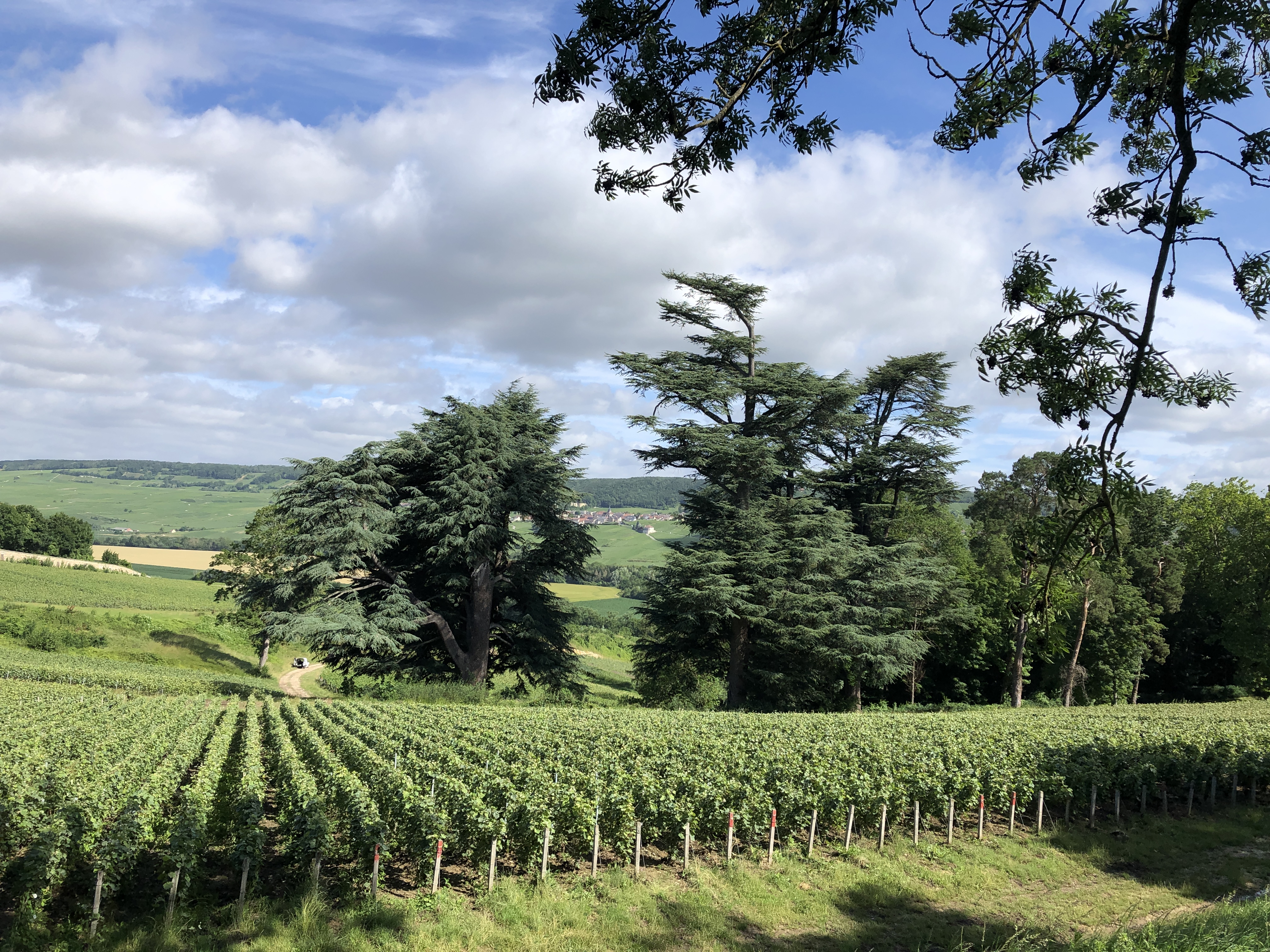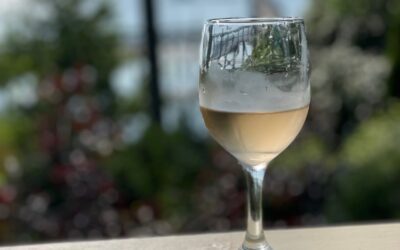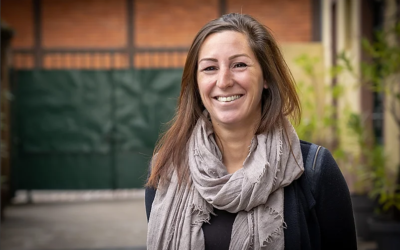How many times in your life have you popped open a bottle of champagne to celebrate a special moment? But as you indulged in a decadent glass of bubbly made in Champagne, France, do you know how the grapes that are in your bottle were harvested?
The champagne industry is perhaps one of the most controlled and regulated industries of the wine world. No other style of wine is under as much legal scrutiny as Champagne is.
Of course, no single harvest is the same, parameters fluctuate year after year. But on average the Comité Champagne opens the famed Ban des Vendanges (harvest date) around August-September.
Following specific measures and calculations, the Comité Champagne will dictate when harvest in Champagne can commence. This comes at the heel of a series of processes which overall aims to tabulate grape ripeness levels throughout the Champagne Appellation.

At véraison (time when grapes change color), twice a week, samples are picked from approximately 602 plots spread across the Champagne region. The selected clusters are then studied to observe several points:
- The rate of color change
- The Average weight
- The estimated concentration of sugar
- The Level of acidity content
- Any potential incidence of disease infection (i.e.: botrytis)
The very same day the data are collected, they are immediately communicated to the Comité Champagne. The Comité is then able to establish reference values for each parcel/plot, each grape variety, each commune, and department, giving growers a clear idea of when picking should debut. The date is logged onto Excel sheets categorized per grape variety, crus and department with the official start date for each.
It is quite a herculean enterprise, and of course deciding on the right and precise timing of harvest is crucial. But the Comité is laser-focused on quality.
In fact, harvest in Champagne, by law, must be effectuated by hand, accordingly, favoring undamaged fruit. Also, grapes cannot be harvested until they reach a minimum potential alcohol level of 9%.
Exceptions can be granted by filing a “dérogation” with the INAO. Growers must meet at least one of these two conditions to be afforded an exception:
- the crop has already reached 10% potential alcohol or
- the crop is threatened by disease that only an early harvest would salvage.
The Comité Champagne is also vested with the power to set the yield.
Again, this procedure rests on calculated and controlled factors including quantity and quality, market fluctuations vis a vis sales, and reserve wines.
Read more about the 2021 Champagne yield here: https://fromthevinetowine.com/staging-2/2021/09/13/champagnes-harvest-begins/
Next time you open a bottle of Champagne consider how exceptionally unique of a process the Champagne harvest is.
Santé!



